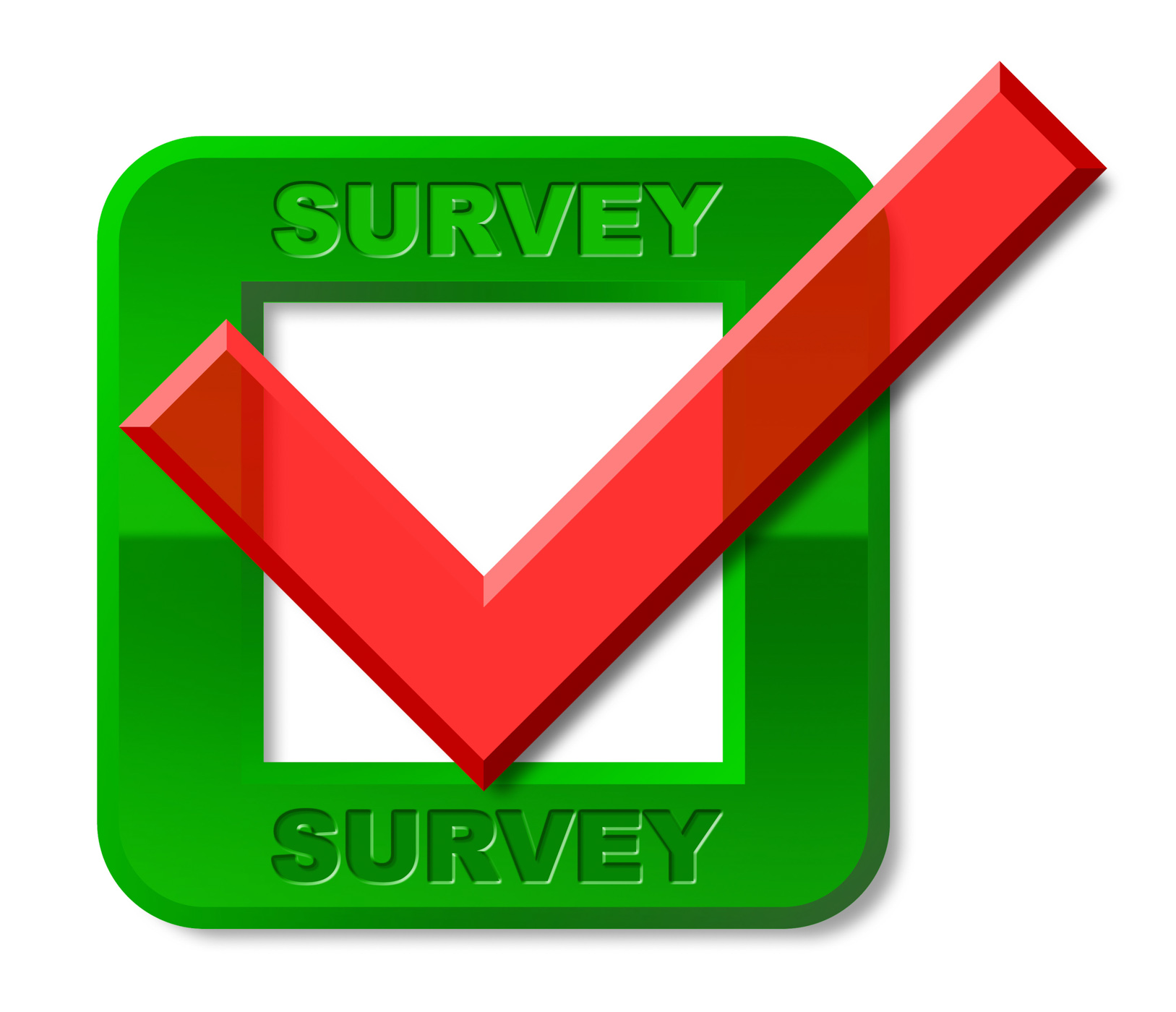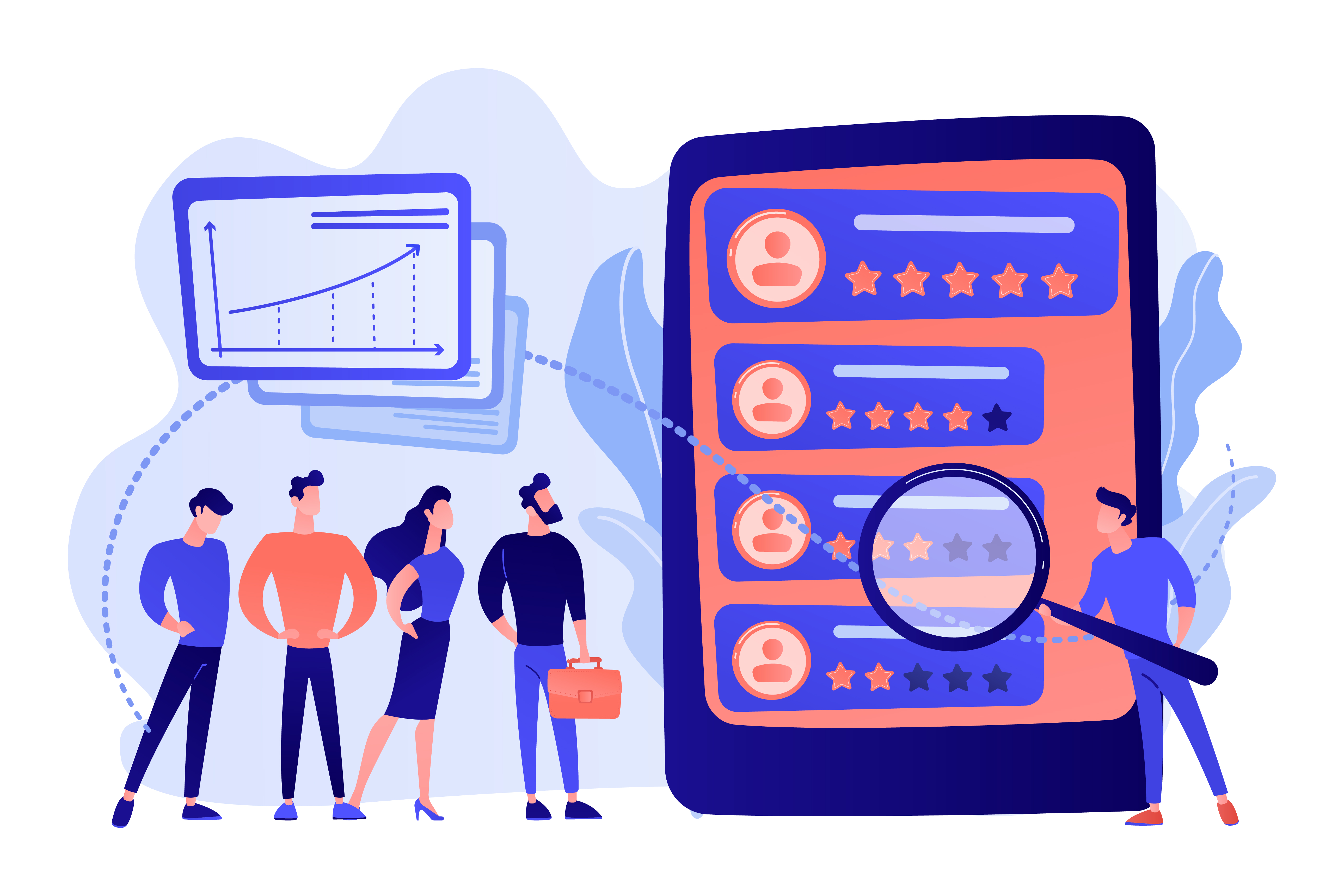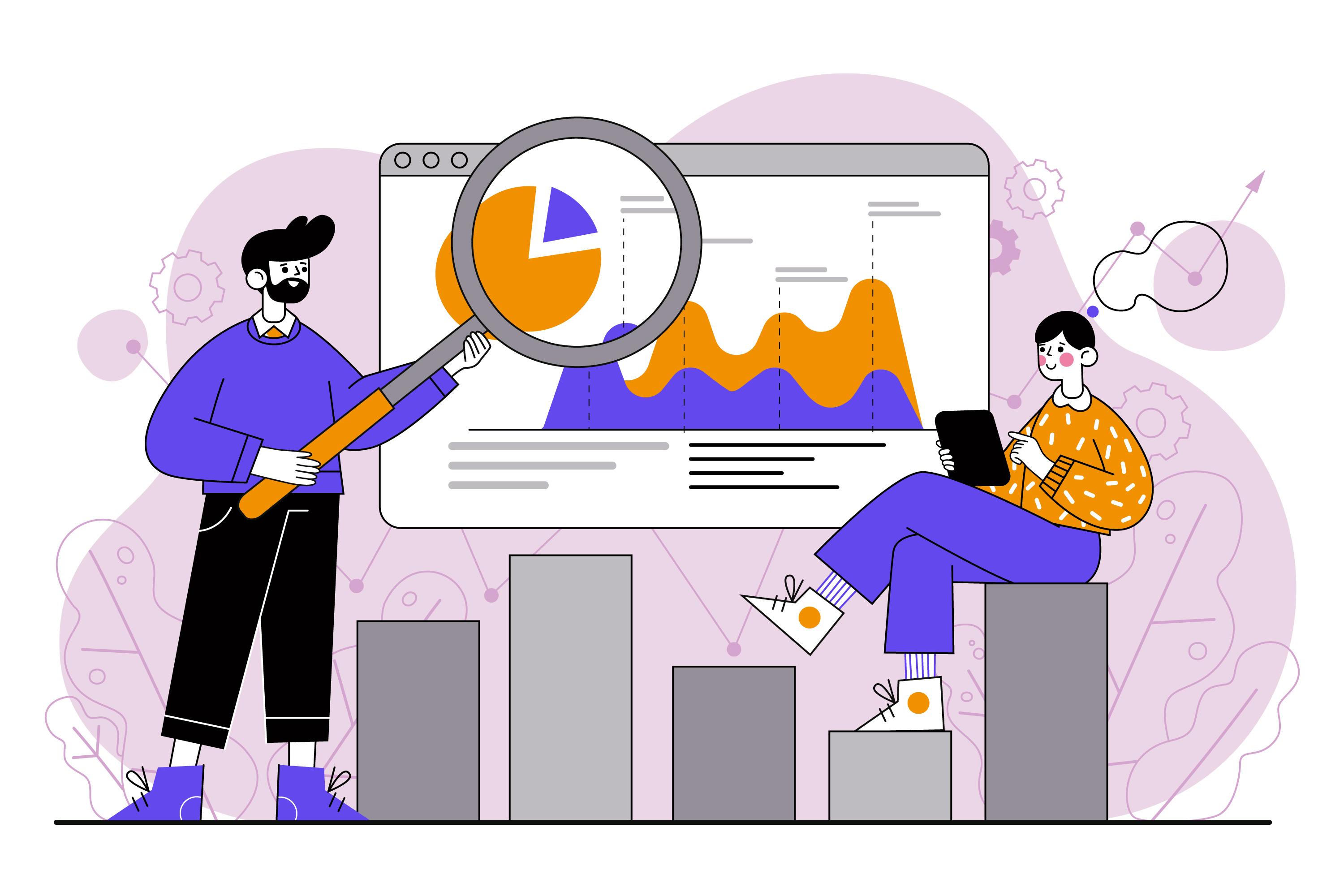What Happens To Your Survey Responses After You Submit The Form?
Surveys don’t only mean gathering data and reporting them. A lot of intricate processes and complex analyses stand behind market research, from the collection of data to making decisions based on numbers.
Keen to learn the importance of survey responses and exactly what happens to them after you press the submit button? Your keyed-in values are stored in a database, prepared for querying by analysts, analyzed in reports for patterns, and then shared with the stakeholders for decision-making.
Read this blog post to learn the process of survey submission and the intricacies of survey data management.
The Journey of a Survey from Submission to Impact
1. Data Collection
All the surveys you receive in your inbox or via the app are based on your demographic profile, interests, and buying journey. So, what you get depends on your panel profile.
Once you submit a questionnaire with your data, the panel company or the brand stores all the responses in a repository as raw data. This is a secure system where your data is safe and protected according to the regional and global consumer data protection rights guidelines.
Here, your identity—or data that identifies you—is masked in the database so that only a few privileged administrators can access responses based on profiles. That also follows a strict policy to safeguard your identifiable demographic information.
Read why your opinions matter.
2. Data Consolidation and Wrangling
The raw database combines all the responses so that every user’s data is separate, and still, no user is identifiable.
If data is collected from multiple sources, such as online surveys and personal interviews (and other methods) for one research, all the data should go into the same database. That means the records must be synced according to the database design.
In this space, all flawed records with missing values, typos, illegible data, and duplicate values are handled. The database administrators fix the errors with the closest correct values. They replace the missing or illegible data with some default numbers or strings. Duplicate data is removed.
One important point to note here is data for everyone is anonymous to the database users and people ahead in the survey process chain. For instance, executives who run reports and make business decisions.
This is done to maintain data security. Also, the executives don’t need individual data but collective data to analyze patterns and understand the events.
3. Data Analysis and Reporting
Once data specialists prepare raw data and ready it for analysis, the fancier part comes into the picture.
Data analysts synthesize the aggregated data and figure out major events, trends, patterns, and generate insights. They analyze data to find which marketing or sales tactic worked, what drew customers’ attention, which item sold better, and which consumers can be repeat users. They identify data related to the market, users, and products.
Analysts study responses based on users likings and preferences, too. They also divide data based on demographics and financial factors.
Such analyses help brands gauge the overall sentiments and perceptions of users about a product, a service, a government, an institute, or social causes like climate change.
The analysts use the data segmentation technique to drill down to finer granules of responses. For instance, how many gender-queer people (demographic = gender) are planning to cast a vote in the upcoming election? Which city (demographic = location) is seeing the most positive response for a particular party in the forthcoming election?
All these data analyses happen with the help of reports and BI tools. These reports are then shared with the crucial stakeholders for decision-making. That’s why the importance of survey responses you fill out is high.
Learn how the impact of survey responses defines a product’s lifecycle.
4. Decision-Making for Processes and Products
The whole idea of a survey is to make better business decisions for growth and to correct past errors. Towards the final stage of a research lifecycle, shareholders like executives, board of members, authorities, and clients (if necessary) receive survey reports.
For instance, if a brand is planning to launch a new product, its market research would tell them the marketing strategy and design improvements they should work on.
Based on the consumer feedback on similar products in the market, they can tweak the designs at an early phase. With ad testing, they plan their marketing style and bag more audience depth.
With surveys on existing products, brands can make decisions on how to improve them—design, packaging, pricing, features, etc. Now you know the impact of survey responses on products and businesses.
5. Feedback Cycle with Users
A survey response journey doesn’t end with decisions and necessary amendments. Once these are completed or planned out, the brand should share its survey results and impact with the panel members. They can also share the result with a wider audience that fulfills the criteria of their population.
This is necessary to connect with the audience at a personal level and to close the loop of the survey.
Sometimes, a survey introduces more crucial problems or new ideas that need vetting from the audience. Such questions pose opportunities for more surveys.
Bonus: Data Archival and Maintenance
While this is not related to the decisions made after surveys, the user data is maintained safely in the databases with the apt security measures so that no personal data leaks happen.
After a designated period, such as one year or maybe five, the data doesn’t serve the purpose anymore, and fresh research is necessary on the same topic. In such cases, the old data, also called historical data, is archived in another database.
An archival repository doesn’t receive frequent transactions, but the data still enjoys the same level of security.
Looking To Participate in Research for Free?
Now that you’re aware of your survey response journey, we hope you’re game for more exciting things. Opinionest offers free surveys to its panel members and rewards them generously. We don’t ask for your personal data and don’t share it with third parties without your consent. We follow global guidelines in data security, too. To participate, register here.



You may also like

How to Avoid Misinterpreting Survey Questions And Answer Them Right

How to Handle Ambiguous or Confusing Survey Questions

Why Businesses Love Open-Ended Questions: The Value of Detailed Responses

Survey Fatigue: How to Stay Engaged and Provide Valuable Feedback

Copyright © 2025-2026 Track Opinion. all rights reserved.



